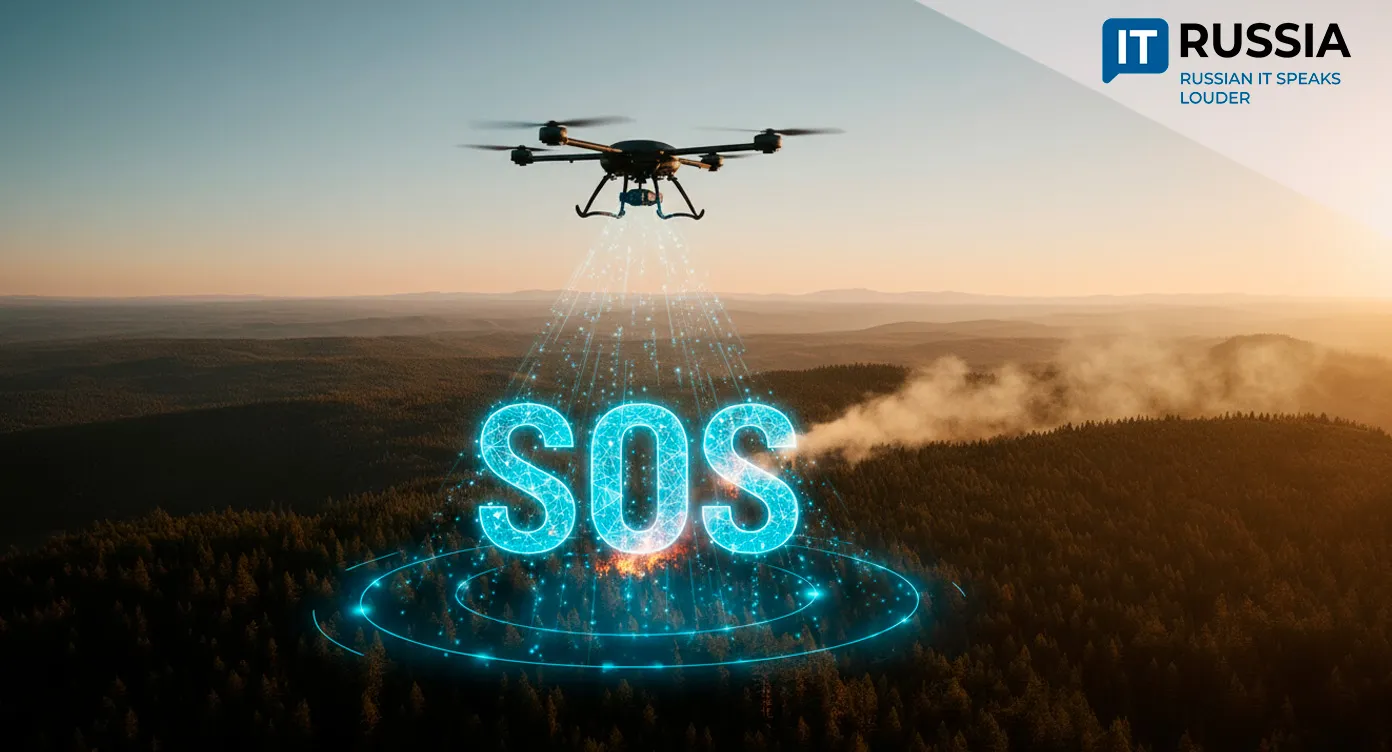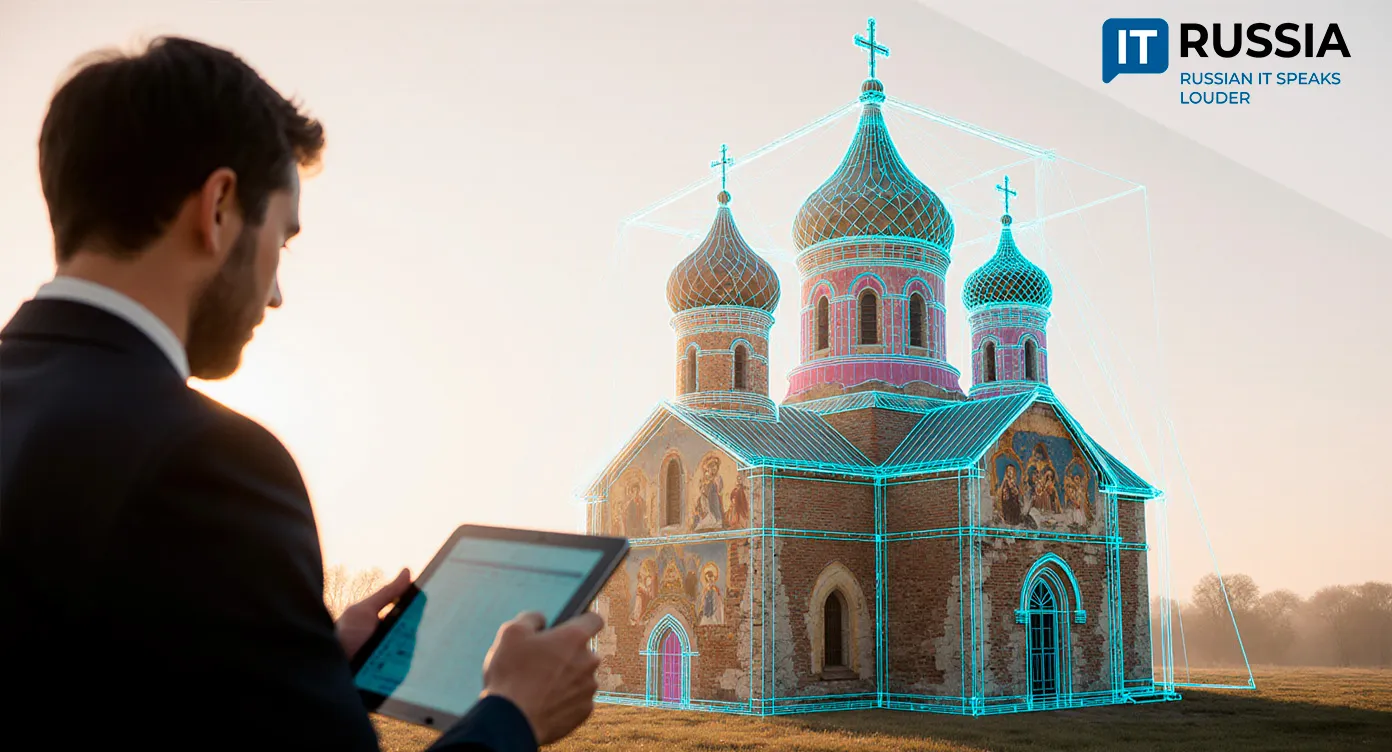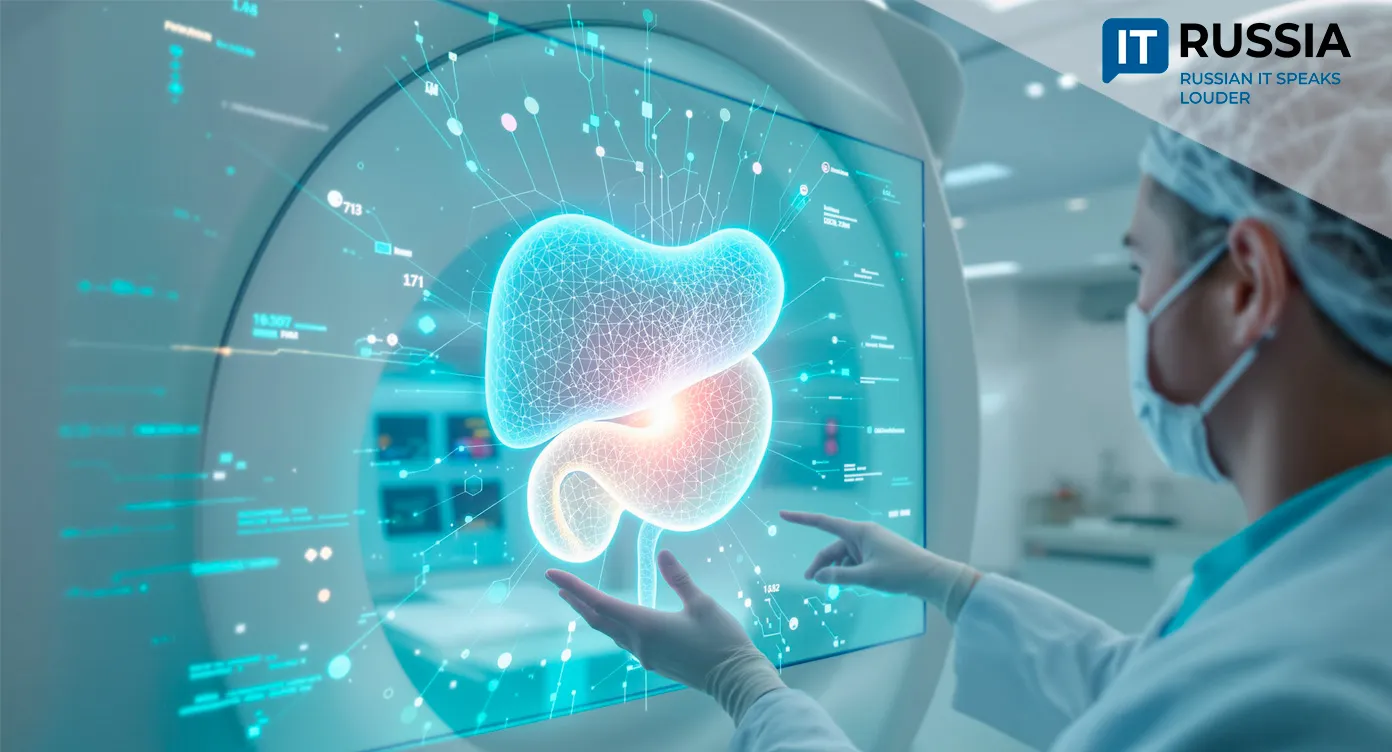Russia Builds Its Own Industrial Software Ecosystem—And It’s Maturing Fast

Amid geopolitical pressure and shifting global supply chains, Russia is quietly building a digital infrastructure designed to replace foreign software—and it's working.
By 2024, Russia's industrial automation sector had reached a turning point. What began as scattered digital initiatives has evolved into a coordinated, full-scale transformation. Homegrown software platforms are no longer mere stopgaps for import substitution—they’re becoming the backbone of Russia’s industrial IT architecture.
From Patching to Platforms: Russia's Digital Pivot
The transformation is driven by two converging forces: a strategic government mandate for digital sovereignty and the practical necessity of maintaining complex industrial operations without access to Western software.
One of the most critical technologies in this shift is SCADA (Supervisory Control and Data Acquisition). These systems underpin real-time data collection and process control, especially in sectors like oil, gas, and rail. Russian developers like NPP Istok (part of state-owned holding Roselectronika) have introduced SCADA modules built on the IIoT.ISTOK platform—an entirely domestic industrial IoT architecture.
Solutions such as KRUG-2000 and Omega are now deployed across facilities owned by Gazprom, Rosneft, Norilsk Nickel, and Russian Railways. These platforms run natively on Russian operating systems and offer high cybersecurity—vital in a world where industrial networks are prime targets for cyberattacks.
MES and Manufacturing Intelligence: Cost Down, Control Up
Another pillar of this ecosystem is the MES (Manufacturing Execution System), a class of software that coordinates workflows, equipment status, and production metrics in real time. New-generation MES platforms like Galaktika MES and MES ProfConsult are being adopted across metallurgy, food processing, and even defense.
These systems are not only helping plants integrate with ERP and APS platforms, but are delivering concrete performance gains. Internal studies suggest MES adoption can lower product costs by up to 50% and reduce defect rates by nearly 18%.
For manufacturers trying to stay globally competitive, these tools are more than upgrades—they’re survival strategies.
Engineering Without Foreign Code: Russia’s Growing CAD/CAE Stack
The development of local CAD/CAE tools (used for mechanical design and simulation) has become another strategic priority. Domestic platforms like LOGOS, FlowVision, and KompasFlow are enabling engineers to model fluid dynamics, heat transfer, and structural integrity—all without reliance on Western software.
This is particularly important in Russia’s climate and industrial conditions, where off-the-shelf foreign models may not reflect real-world operating stressors. By integrating these tools with native databases and hardware systems, Russian engineers are designing equipment that’s better suited to domestic infrastructure.
Russia’s PLM Leap: From 30% to 70% Market Share
Product Lifecycle Management (PLM) is perhaps the most dramatic frontier of Russia’s digital strategy. In 2021, about 67% of the PLM market was held by Siemens, Autodesk, Dassault Systèmes, and other foreign vendors. By 2023, Russian platforms had seized 69% of that market, with no new foreign contracts signed—and overall growth continuing.
Leading the charge is Rosatom, which developed SARUS, a mid-tier PLM system fully compatible with Astra Linux and Russian-made database systems. SARUS is designed for secure deployments in the defense sector and civilian enterprises alike. Other key platforms include Appius-PLM, LOCMAN:PLM, and Galaktika PLM.
These solutions cover the entire product lifecycle: design, documentation, change management, project coordination, and collaborative engineering. Companies such as KamAZ, Transmashholding, Norilsk Nickel, and Uralchem have either deployed or are planning to implement these systems.
Strategic Impact: What It Means for Industry—and the World
What began as a response to sanctions has now matured into a strategy for global relevance. Russia’s industrial software ecosystem is not only about technological independence—it’s about international competitiveness.
Russia is exploring partnerships across the BRICS nations, the Eurasian Economic Union (EAEU), and regions in Africa and Latin America. These markets often face similar challenges—budget constraints, legacy equipment, and limited trust in Western tech vendors. Russian platforms offer a compelling alternative: cost-effective, secure, and tailored to emerging economies.
Toward a High-Tech Industrial Future
For engineers, these developments mean more localized toolchains, greater integration with native hardware, and reduced reliance on black-box foreign software. For industries, it promises better cost control, faster design cycles, and higher resilience in supply chains.
Russia’s industrial software is no longer just playing catch-up—it’s helping redefine what sovereignty and innovation look like in a multipolar digital world.









































